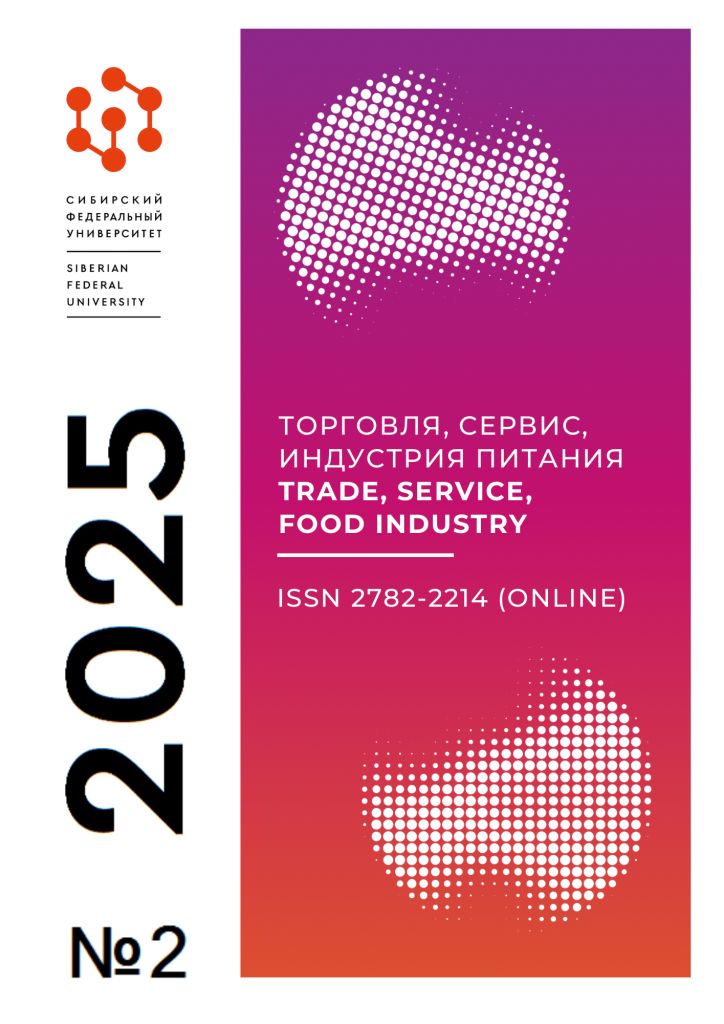Existing approaches to assessing investment potential often do not take into account the complex relationships between a city and its environs. Most existing methods focus on analyzing a set of factor blocks, such as infrastructure, economy, social status and ecology, but this is not enough to fully assess investment attractiveness. Considering that large urban agglomerations form about 48% of the country's gross domestic product, it becomes obvious that special attention should be paid to the investment potential of urbanized territories. In the process of a comprehensive analysis, a limited set of indicators was developed to assess the investment potential of sustainable development of these regions. This set includes such aspects as labor, financial and economic, innovative, infrastructural, consumer and natural resource potentials. Based on these indicators, an assessment methodology was created, which includes the order of analysis and key formulas for calculations developed on the basis of the theory of optimal design. The study proposed a dynamic approach to assessing investment potential, which takes into account not only the city itself, but also its suburbs, interconnected by common flows of material and intangible resources, as well as investments. As a direction for future research, the author proposes to develop a methodology for the integrated assessment of the effectiveness of measures for the sustainable development of urbanized territories. It should be based on a comprehensive assessment of budgetary, commercial and social effects, which will allow for a more accurate determination of the influence of various factors on the investment climate and ensure balanced development of both urban and suburban areas.
sustainable development, urbanization, suburb, investment, performance evaluation
1. Asaul, A. N. (2008). Investment attractiveness of the region. Saint Petersburg: SPbGASU, 120.
2. Bereznev S. V., Sheveleva O. B., Nacheva M. K. (2011). Investment potential and investment attractiveness of the region: methods of analysis. Economic analysis: theory and practice, 43(250), 2–9.
3. Gushchin, A. N., Gushchin, F. A., Sanok, S. I. (2014). Investment potential of the territory and its assessment using urban planning documentation. Innovations and investments, 11, 54–58.
4. Dabrowska J., De Faria A. F. (2020). Performance Measures to Assess the Success of Contemporary Science Parks. Triple Helix Journal, 1–43.
5. Moshkevich, M. L. (2012). Management of the city’s investment potential. Scientific works of the Free Economic Society of Russia, 161, 622–639.
6. Lisichenok, E. P., Grablevskaya, I. V. (2018). Assessment and ways to increase the investment attractiveness of the city. Bulletin of the Moscow University named after S. Yu. Witte. Series 1: Economics and Management, 4(27), 73–81. DOI:https://doi.org/10.21777/2587-554X-2018-4-73-81.
7. Litvinova, V. V. (2013). Investment attractiveness and investment climate of the region. Moscow: Financial University, 116.
8. Vertakova, Yu. V., Moshkevich, M. L. (2011). Modeling the investment potential of sustainable development of the city. Economy and Management, 10(72), 34–37.
9. Zakari, A., Khan, I., Tan, D. (2022). Energy efficiency and sustainable development goals (SDGs). Energy, 239, 122365. DOI:https://doi.org/10.1016/j.energy.2021.122365.
10. Lee, S. W., Xue, Ke. (2021). An integrated importance-performance analysis and modified analytic hierarchy process approach to sustainable city assessment. Environmental Science and Pollution Research, 28(44), 63346–63358. DOI:https://doi.org/10.1007/s11356-021-15235-0.
11. Ferasso, M., Beliaeva T., Kraus, S. (2020). Circular economy business models: The state of research and avenues ahead. Business Strategy and the Environment, 29(8), 3006–3024. DOI:https://doi.org/10.1002/bse.2554.
12. Rasoulinezhad, E., Taghizadeh-Hesary, F. (2022). Role of green finance in improving energy efficiency and renewable energy development. Energy Efficiency, 15(2). DOI:https://doi.org/10.1007/s12053-022-10021-4.
13. Sarchenko, V. I. (2015). The concept of rational use of urban areas taking into account their hidden potential. Housing construction, 11, 9–13.
14. Sarchenko, V. I. (2015). Organizational and economic model of development of urban areas with hidden potential. Construction Economics, 2 (32), 36–41.
15. Laur, A., Baronin S. A., Belyakov S. I. [et al.] (2021). Surveying: organization, expertise, management. Moscow: ASV Publishing House, 520.








